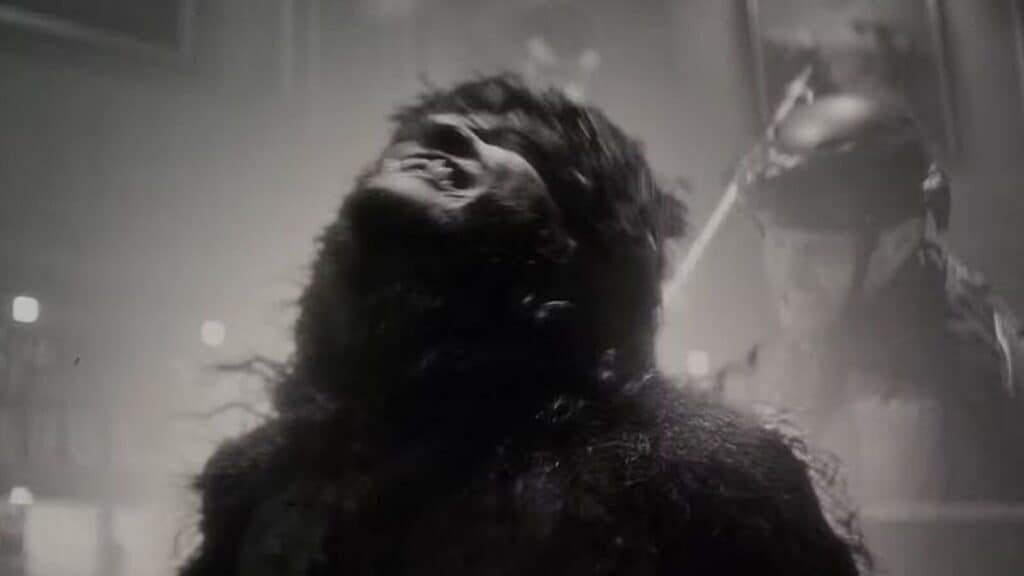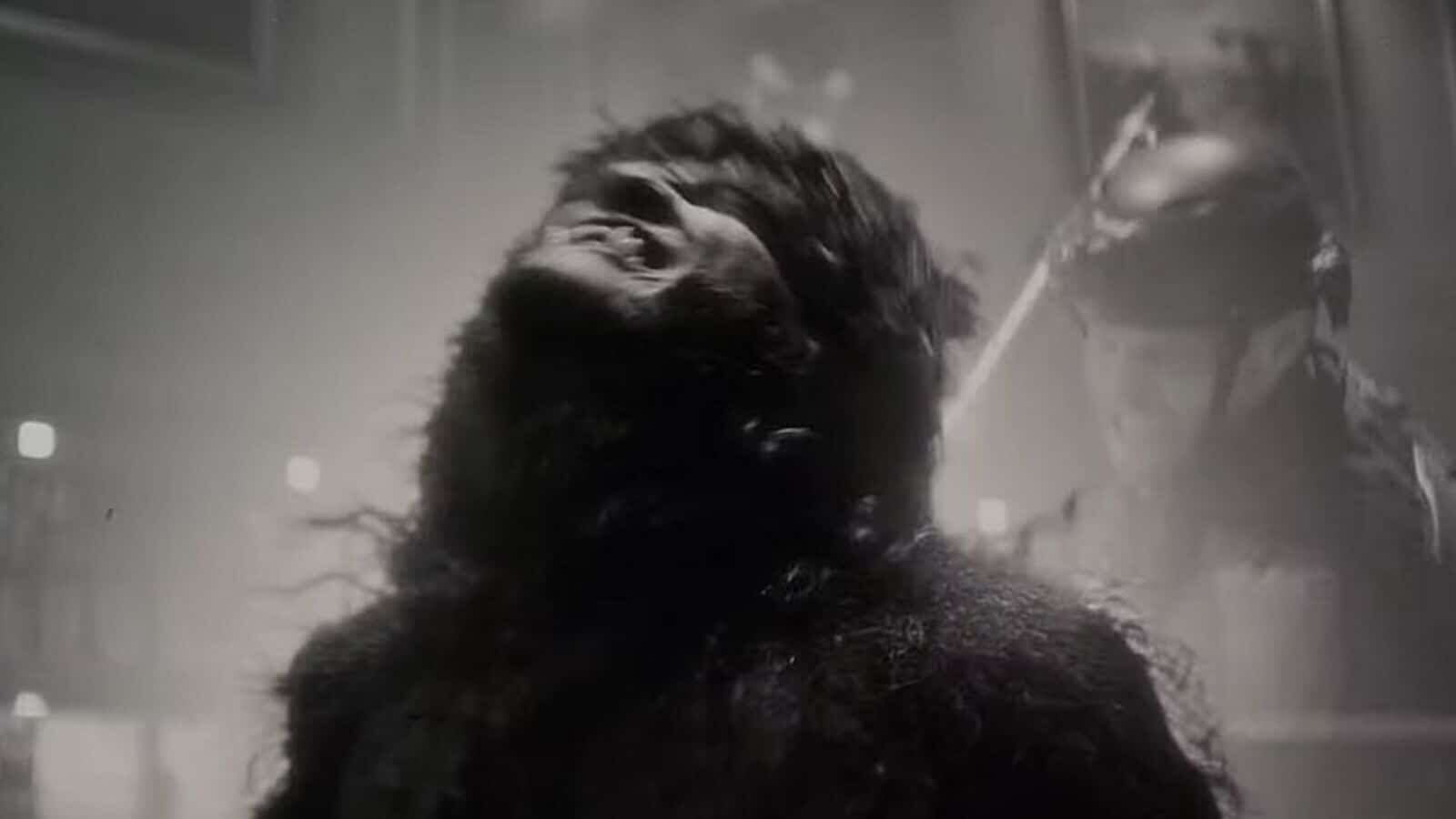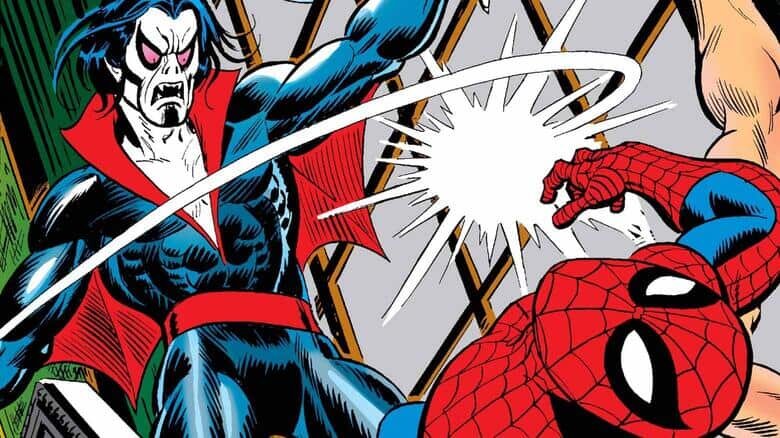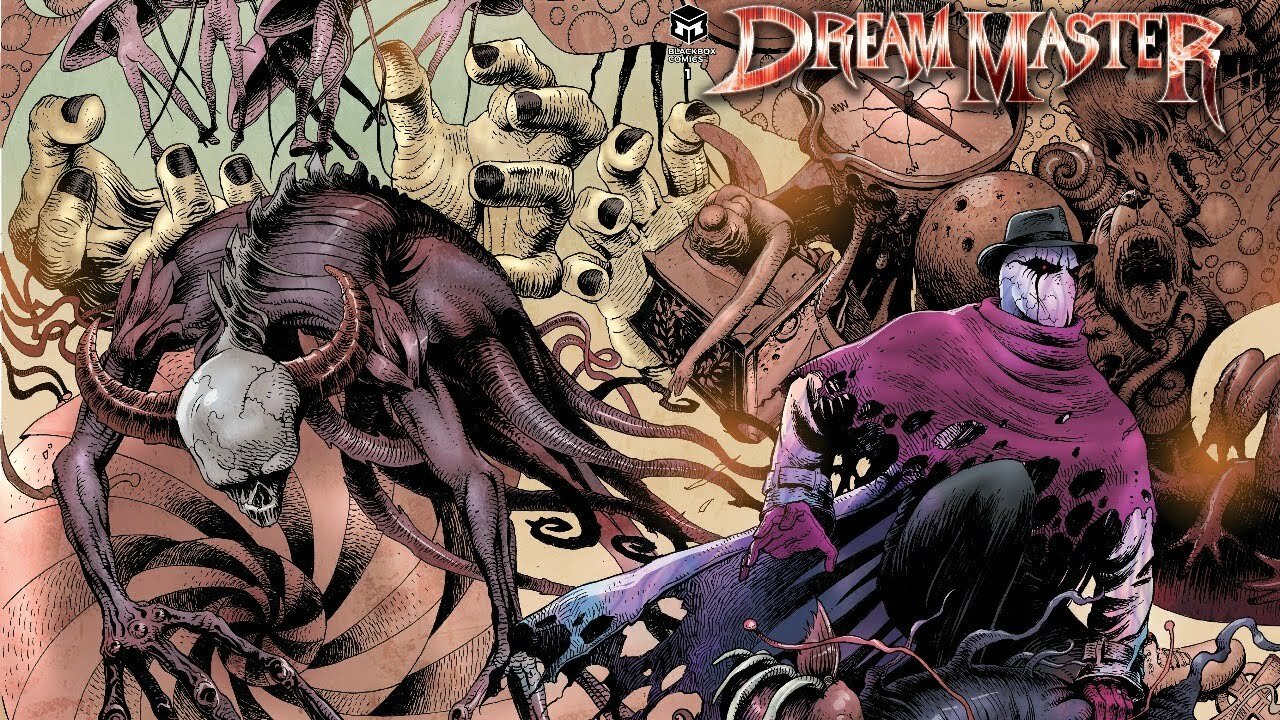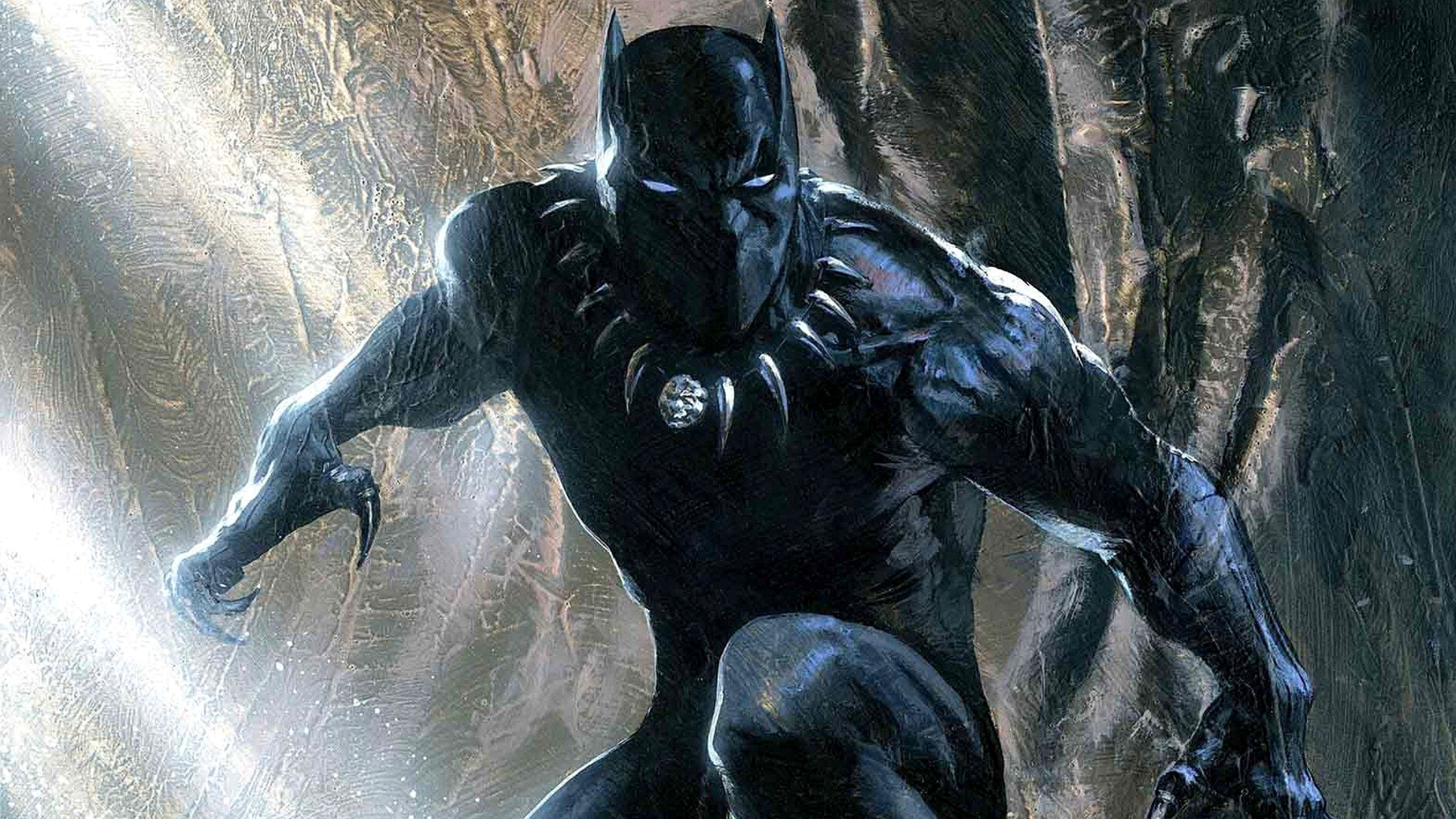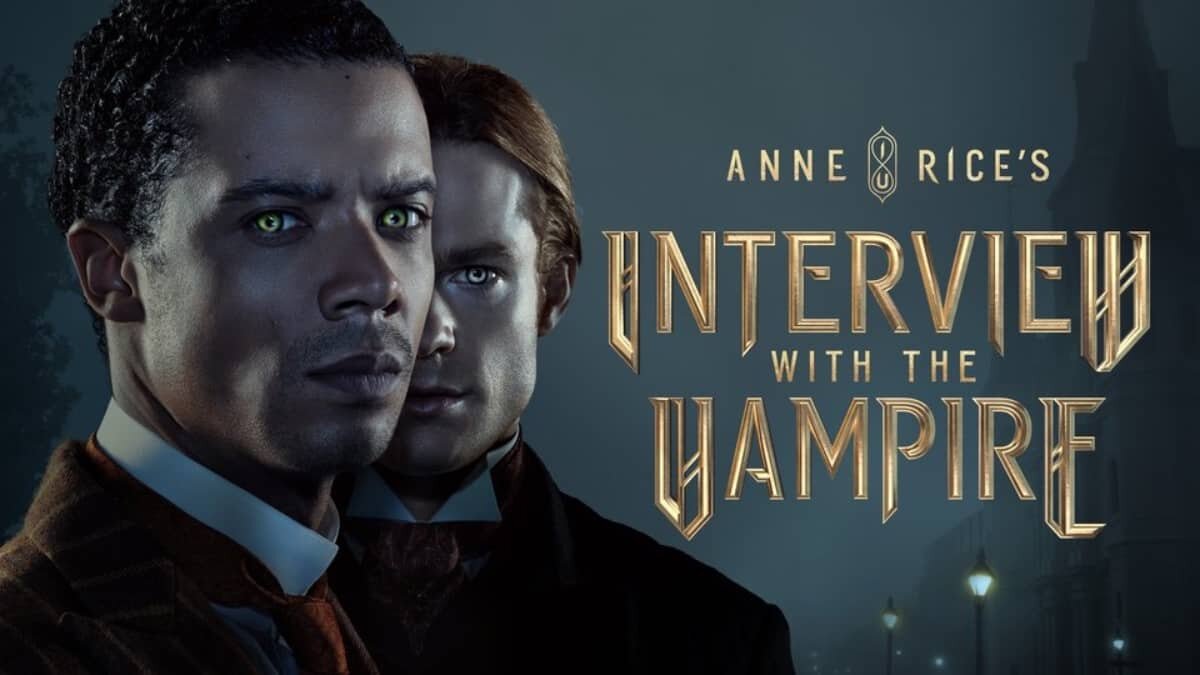Once a month, when the moon is full, the beast will hunt. The Werewolf has been a part of popular consciousness for hundreds of years, appearing in ancient Greek mythology, Nordic folklore, literature and later in film, television and even song (Edgar White’s Werewolves of London). A less desirable and romanticised creature than the vampire, the werewolf is pure animalistic instinct with a tragic bent – the person inflicted with the curse of lycanthropy is not usually in control of their actions when in wolf form.
But like the vampire and other monsters that have been around for an age, there are rules that characterise the werewolf, and there are also variations on these rules throughout popular culture. The commonly accepted werewolf lore has evolved through storytelling, often in films like The Wolfman (1941).
RELATED: 15 Best Underworld Characters (Ranked)
The Curse of the Werewolf
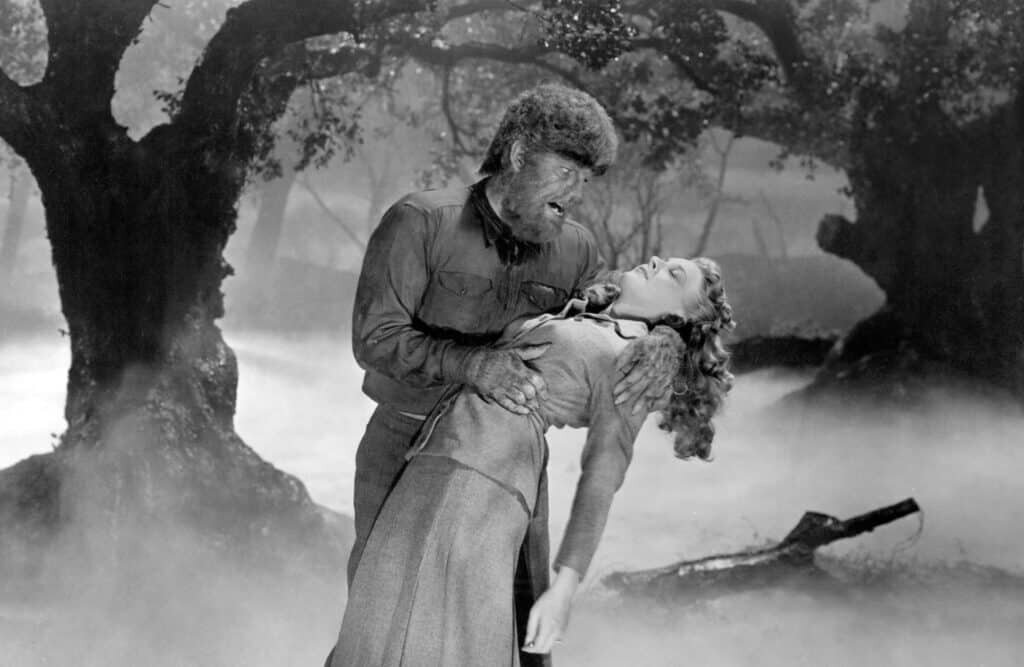
The most common cause of lycanthropy is to be bitten by another werewolf. If one survives, they will get a lot hairier (and hungrier) come the next full moon. In Dungeons and Dragons this is called the ‘Curse of Transference.’ In The Wolfman, Lawrence Talbot (Lon Chaney Jr) is bitten by a wolf while getting his fortune told in a Romani campsite.
The next day his wounds have healed and he becomes the titular Wolfman. In the 2010 remake, Lawrence finds out his father is the werewolf who made him and they brawl in wolf form at the climax of the film.
RELATED: Buried Alive: Top 10 Horror Movie Graveyards
Hereditary
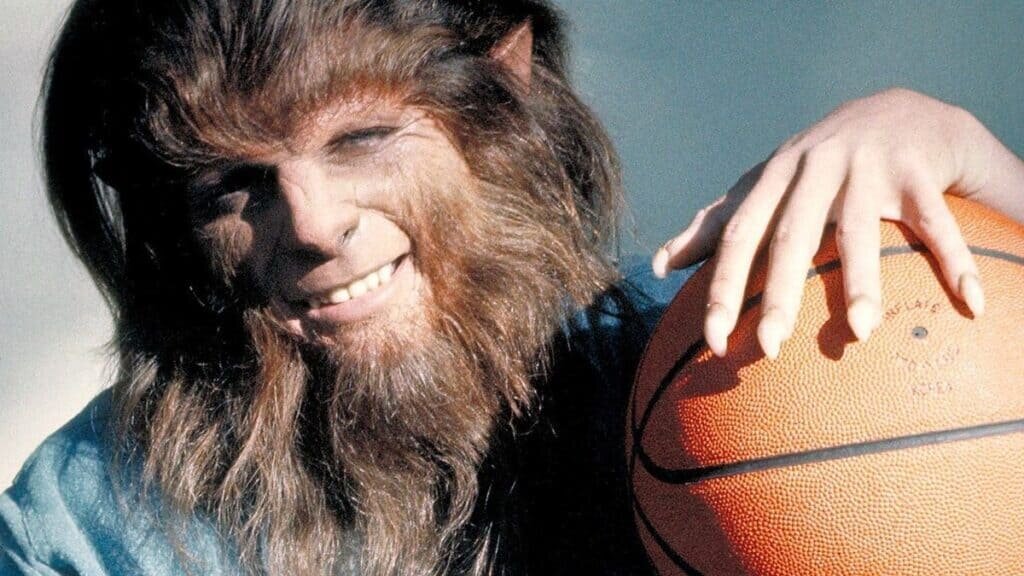
The other version of the curse is the hereditary one, passed down a family bloodline. Jack Russell from the Werewolf By Night comic comes from a long line of lycanthropes, stretching back to his ancestor Grigori Russoff who clashed with Dracula. Another example is the Michael J Fox comedy Teen Wolf (1985), where Scott Howard inherits the curse from his father who had hoped it might have ‘skipped a generation.’
The Full Moon
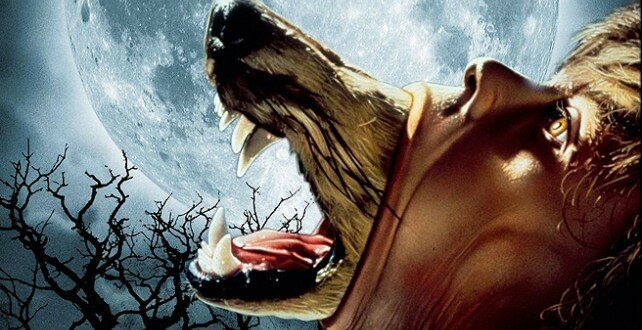
A constant in all werewolf mythology is the power the moon has over the afflicted. Most often they turn on the night of the full moon. In An American Werewolf in London (1981), David and Jack, town American tourists backpacking through Yorkshire are warned about travelling at night on the moors.
“Beware the moon lads,” a serious faced villager tells them before the two men ignore all advice and get lost on the moors where they are both attacked. In Stephen King’s Cycle of the Werewolf and its film adaptation Silver Bullet (1985), the wolf is governed by the moon and the book is structured like a calendar, following the wolf’s monthly rampages while being investigated by the wheelchair bound teen Marty.
There are other werewolf stories that eschew the full moon effect and have the wolf able to turn on a whim such as the wolves in The Howling (1981) who can transform at will, even during the day. In Marvel’s Werewolf By Night, the titular wolf gains the ability to change at will.
RELATED: 17 Horror Comics About Vampires to Sink your Teeth Into
Silver and its effect on Werewolves
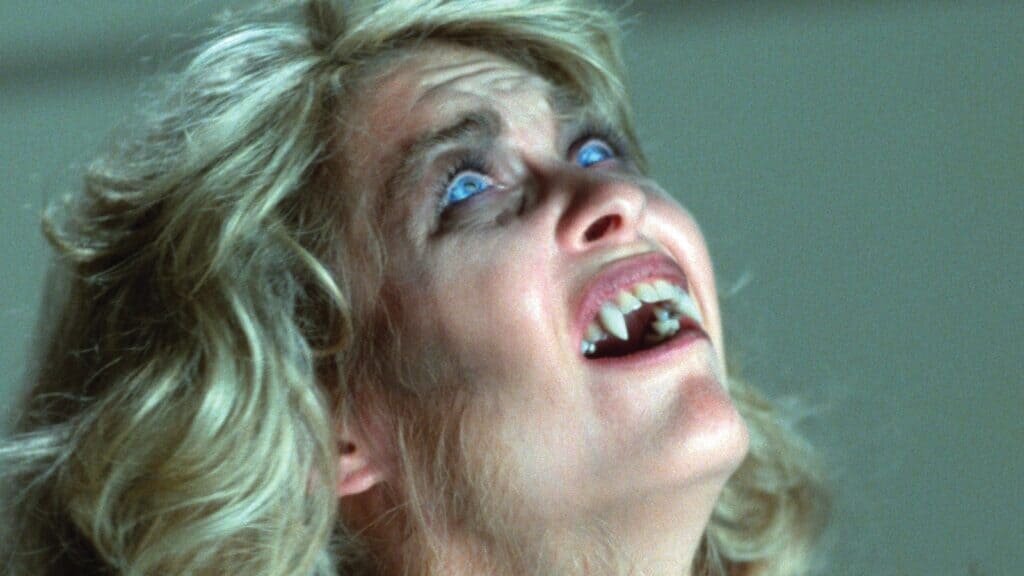
The primary weakness of the werewolf is an aversion to silver. The most common method for killing a werewolf is silver bullets. Under the old alchemical table of elements, silver came from the moon and gold came from the sun, thus a moon-powered creature is vulnerable to moon-metal. In The Wolfman, Larry Talbot is bludgeoned to death by his father with his own silver tipped cane.
At the climax of The Howling, the main character Karen White reveals she is a werewolf live on national television before being shot with a silver bullet. In Silver Bullet, Marty takes his sister’s silver necklace to a blacksmith and gets it melted down and made into bullets with which to kill the werewolf.
Breaking the curse
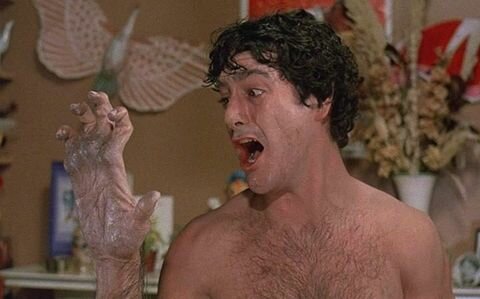
Traditionally the curse can’t be broken except in death. In American Werewolf, David is shot dead by police London following his rampage through Piccadilly Circus. The 1980s TV show Werewolf changed this rule – the main character Eric Chord is on a quest to kill the wolf who made him and free himself of the curse. He pursues the frightening werewolf Skorcezy across America, but finally defeats him, only to find out the bloodline started with another older wolf, Remy.
RELATED: Howling at the Moon: 21 Horror Comics about Werewolves
Villain or hero?

The werewolf occupies a grey area somewhere between hero and villain. While the wolf is often characterised as villainous due to its propensity to hunt and kill people, the human side is often a tragic figure – a victim of circumstance with no control over their lycanthropy. In An American Werewolf in London, the ghostly corpse of Jack urges his friend David to kill himself before he kills more innocent people. David is increasingly haunted by his victims who appear in their bloody, mangled form.
Then there are the heroic werewolves such as Jack Russell from Werewolf By Night and Eric Cord from Werewolf who often helps out people in need in both human and wolf form, not unlike the version of Hulk found in the Incredible Hulk TV series. A more recent heroic werewolf was the character of Alcide from the HBO series True Blood.
Which are your favourite Werewolf stories?
Do you have a favourite werewolf film, book or comic? Let us know on social media.
